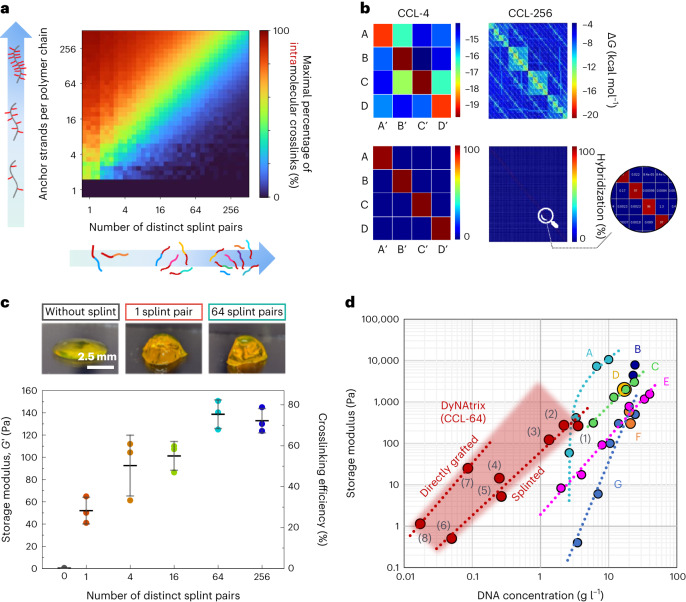Fig. 2. Theoretical prediction and rheological validation of DyNAtrix crosslinked via CCL.
a, Statistical simulation of the maximum percentage of intramolecular crosslinks as a function of CCL complexity and the number of anchor strands per polymer backbone. b, The predicted minimum free energy (top) and the predicted hybridization interactions (normalized Boltzmann distribution; bottom) of crosslinker libraries CCL-4 and CCL-256 at equilibrium. High-resolution matrices for all crosslinker libraries are available on figshare (10.6084/m9.figshare.23309429). c, Top: photographs of DyNAtrix, stained with SYBR Gold. Bottom: average stiffness of DyNAtrix (1% (w/v) P5) crosslinked via 1-, 4-, 16-, 64- and 256-splint libraries at 20 °C. The corresponding crosslinking efficiencies were estimated from the affine network model (Supplementary Note 2.3). Crosslink efficiencies of the high-complexity libraries approach the theoretical limit for affine molecular networks. All samples have a total DNA content of 1.3 g l−1. Data are shown as mean ± s.d. (n = 3). d, Different DNA hydrogel designs give access to different concentration and stiffness regimes: comparison between previously reported synthetic DNA-crosslinked hydrogels (A, ref. 58; B, ref. 59; C, ref. 60; D, ref. 10; E, ref. 39; F, ref. 61; G, ref. 14) and several DyNAtrix gels (this study, red). DyNAtrix samples (1)–(6) were crosslinked with CCL-64 splints, while samples (7) and (8) had CCL-64 directly grafted onto the polymer backbone (compare Fig. 1c and Supplementary Fig. 10). (1) 1% (w/v) P10; (2) 1.65% (w/v) P5; (3) 1% (w/v) P5; (4) 1% (w/v) P1; (5) 0.2% (w/v) P5; (6) 0.2% (w/v) P1; (7) 1% (w/v) P1,direct, (8) 0.2% (w/v) P1,direct.

